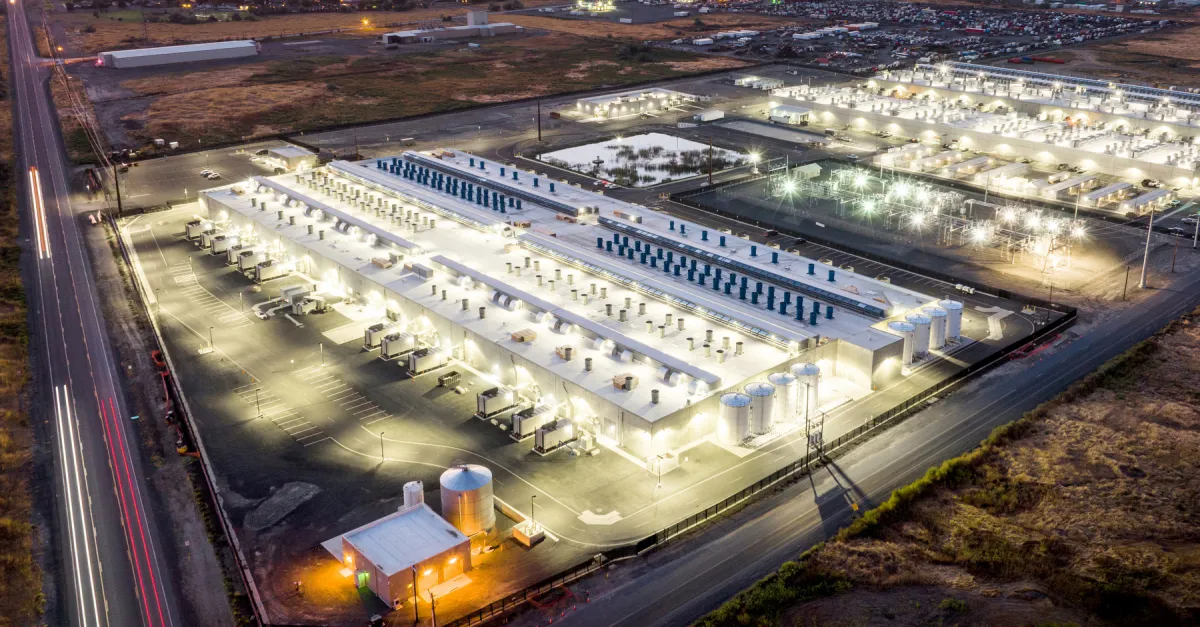Tech
Data centers in Oregon might be helping to drive an increase in cancer and miscarriages

Morrow County, Oregon is home to mega farms and food processing plants. But it’s also home to several Amazon data centers. And now, some experts believe, that combination is leading to an alarmingly high concentration of nitrates in the drinking water that is driving up cancer and miscarriage rates in the area.
Rolling Stone’s exposé details how Amazon, despite not using any dangerous nitrates to cool its data centers, is accelerating the contamination of the Lower Umatilla Basin aquifer, which residents rely on for drinking water. It’s a combination of poor wastewater management, sandy soil, and good old physics that has led to nitrate concentrations in drinking water as high as 73 ppm (parts per million) in some wells, which is 10 times the state limit of 7 ppm and seven times the federal limit.
According to Rolling Stone, “experts say Amazon’s arrival supercharged this process. The data centers suck up tens of millions of gallons of water from the aquifer each year to cool their computer equipment, which then gets funneled to the Port’s wastewater system.” The result is that more nitrate-laden wastewater gets pumped onto area farms. But the porous soil saturates quickly and more nitrates make their way into the aquifer.
This is exacerbated when Amazon then pulls this contaminated water, which is already over federal legal limits for nitrates, up to cool its data centers:
When that tainted water moves through the data centers to absorb heat from the server systems, some of the water is evaporated, but the nitrates remain, increasing the concentration. That means that when the polluted water has moved through the data centers and back into the wastewater system, it’s even more contaminated, sometimes averaging as high as 56 ppm, eight times Oregon’s safety limit.
Amazon, of course, disputes this narrative. Spokesperson Lisa Levandowski told Rolling Stone that, the story was “misleading and inaccurate,” and that, “the volume of water our facilities use and return represents only a very small fraction of the overall water system — not enough to have any meaningful impact on water quality.”
Levandowski also said that the area’s groundwater problems “significantly predate AWS’ (Amazon Web Services) presence.” Though, if Amazon was aware of the area’s challenges in securing enough safe drinking water for its residents, it raises questions about why the company hasn’t done more to mitigate its impact or why it even chose Morrow County in the first place.
The rise in nitrates in the drinking water has been linked to a surge in rare cancers and miscarriages. But efforts to limit further contamination and provide residents with safe, clean drinking water have been slow to materialize. The limited scope of the response and the fact that 40 percent of the county’s residents live below the poverty line has drawn comparisons to the crisis in Flint, Michigan. Kristin Ostrom, executive director of Oregon Rural Action (ORA), a water rights advocacy group, told Rolling Stone, “These are people who have no political or economic power, and very little knowledge of the risk.”










